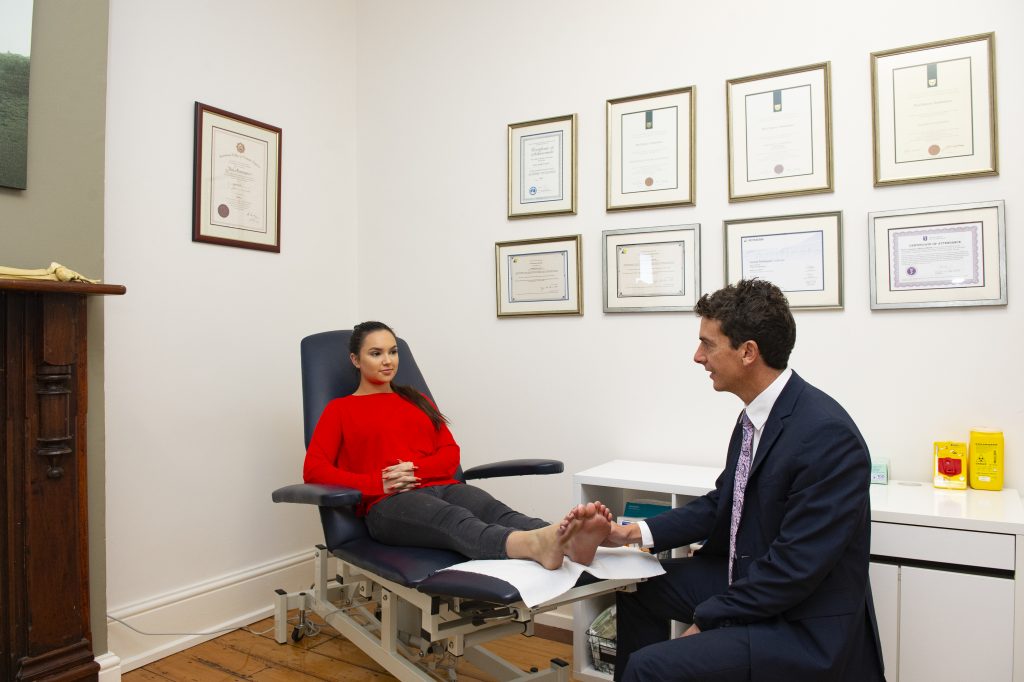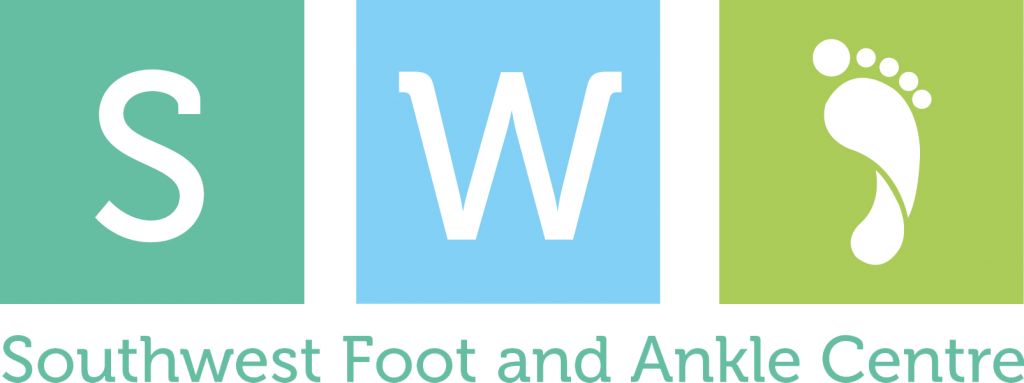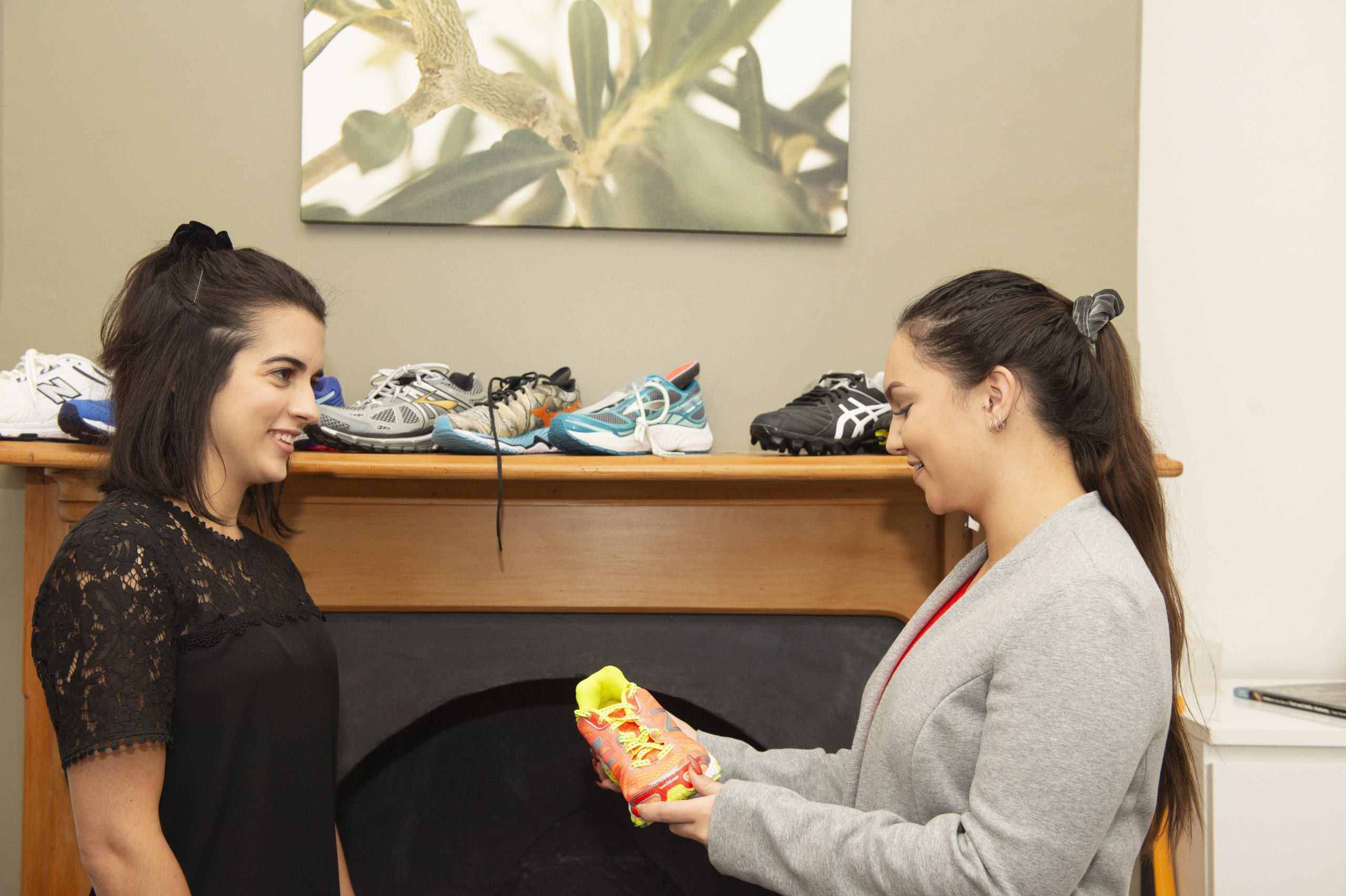Bunion Surgery Bunbury & Busselton
Southwest Foot & Ankle Centre provides bunion surgery to restore the normal shape and biomechanics of your foot, performed by our skilled Podiatric Foot and Ankle Surgeon, Mr Paul Armanasco.
Bunions (or hallux valgus) are disorders of the feet and look like a boney bump on the external edge of the big toe that angles towards the opposite toe. Bunions can be extremely painful and generally get worse over extended periods of time. When left too long, bunions can develop into secondary problems such as hammertoes, or sore balls of the feet. They can also cause shoes not to fit properly, resulting in the skin of the foot rubbing against footwear and worsening the symptoms.
Thankfully, there are many treatments available for bunions, from changing your footwear to steroid injections, or bunion surgery. At Southwest Foot and Ankle Centre, our Specialist Podiatric Surgeon Mr Paul Armanasco can discuss bunion surgery at our Bunbury and Busselton Clinics. With over 10 years of experience in foot surgery and over 20 years in foot and ankle care, Paul is a highly-trained specialist who values his clients and their well-being. Patients can trust Paul’s expertise to ensure the best possible outcome for their bunion surgery. Learn more about Paul and his services by visiting his dedicated website at www.paularmanasco.com.au.

Bunion Surgery
Bunion surgery is a surgical procedure that aims to restore the normal shape and biomechanics of your foot. We provide this treatment when more conservative treatments are no longer proving effective, and a more permanent solution is needed. For the permanent removal of bunions, there are three main types of osteotomy surgeries; akin osteotomy, chevron osteotomy, scarf osteotomy.
During an akin osteotomy, the surgeon makes a small cut in the base of the big toe (the proximal phalanx) and removes a wedge of bone to straighten the big toe. The fragments are then stabilised using a screw or staples. This surgery is used to correct the sideways deviation of the big toe and is often used in conjunction with the other two surgeries.
A chevron osteotomy is usually used for mild to moderate bunion deformities and involves an incision over the big toe, where the bunion is removed using a surgical saw. Screws or pins are used to hold the bones in their new positions. This surgery may be performed as minimally invasive keyhole surgery to minimise scarring and swelling.
For moderate to severe bunions, our podiatric surgeon, Mr. Paul Armanasco will recommend a scarf osteotomy. During this surgery, an incision is made along your big toe, and the bunion bump is removed using a bone saw. Your first metatarsal bone is then cut in a Z shape and realigned, before being secured with pins or screws. This procedure provides excellent long-term results.
Bunion Surgery Recovery
Your bunion surgery recovery will depend on the initial severity of your bunion deformity, and the style of surgical treatment performed. In general, patients are able to walk fully weight-bearing on the day of surgery, with a potential need for crutches for assistance with balance and comfort.
The foot is generally numb with local anaesthetic for 12 – 24 hours and simple painkillers such as paracetamol and anti-inflammatory medication are taken for the first week or two. Strong painkillers if required are only generally needed in the first week after surgery. Dressings and bandages must stay intact and dry until your 1 and 2 week review where your wounds are checked for healing, and your foot is checked for mobility.
Bone healing takes approximately 6 weeks at which point you will return to regular walking shoes with a full return to impact exercises around 3 months. Any swelling from your bunion surgery recovery should be complete after 6 months but this varies with different individuals.
Information for Patients Having Tailor’s Bunion Surgery (Osteotomy)
What is wrong with my foot?
Your little toe has turned towards your fourth toe, causing a bony bump to stick out at the side of your foot. This bump may have become red and sore and is known as a ‘Tailors Bunion’.
Why has this happened?
Tailors’ bunions are usually familial and more common in females. Wearing shoes that are too tight for the width of your foot may also contribute to the formation of a Tailors’ bunion.
Do I have to have an operation?
Pads, splints, foot orthoses and special shoes can be used to provide comfort but are unlikely to straighten the toe. If the bunion and little toe are still uncomfortable despite these measures then an operation will usually be recommended.
What will the operation involve?
The operation will involve cutting a bone just behind the little toe and moving it into a straighter position. Tissues that are too loose around the joint are tightened. The bony bump on the side of the toe will also be removed. The bone is held in place with a wire or screw, which is not removed unless it causes problems. The surgery is performed under general or local anaesthetic. Both feet can be operated on at the same time if required but this does further limit your mobility during the first month after surgery. The foot will be heavily bandaged after the operation.
How successful is the operation?
90-95% of people are very satisfied with the results of the operation. They are able to wear normal shoes again comfortably.
Are there any risks associated with the operation?
As with all operations, there are risks associated with the anaesthetic and surgery. Occasionally some patients may have complications such as infection, prolonged swelling, or recurrence of the condition. Following surgery, it may take the foot a good 6 months to fully settle down.
What will happen after the operation?
The operation is usually a day case, but you may need to stay overnight in hospital. Mr Armanasco will discuss this with you. You will be given special shoes to wear over your bandages and you must wear these whenever you want to walk. The shoes must be worn for 4-6 weeks. You do not need to use crutches.
What happens when I leave hospital?
For the first 48 hours you will rest in bed with your legs elevated and should take the medication prescribed for you. You will be asked to do some foot exercises during this time. You will be able to return to work from 2-6 weeks after the operation, depending on whether you need to stand or walk around a lot for your job. You will not be able to drive until you come out of the post-operative shoe.
Learn More About Bunion Surgery
Learn more about bunions and the many bunion treatments available to you that our dedicated team of podiatrists can assist you with.
Stop living with pain and embarrassment, and book your appointment today on (08) 9791 1319 or by booking an appointment online! We’re here to help you get your amazing life back, one step at a time.
If you have any general questions, please call Southwest Foot & Ankle Centre at (08) 9791 1319 or book a consultation appointment online to see one of our friendly podiatrists. We’d love to hear from you!




